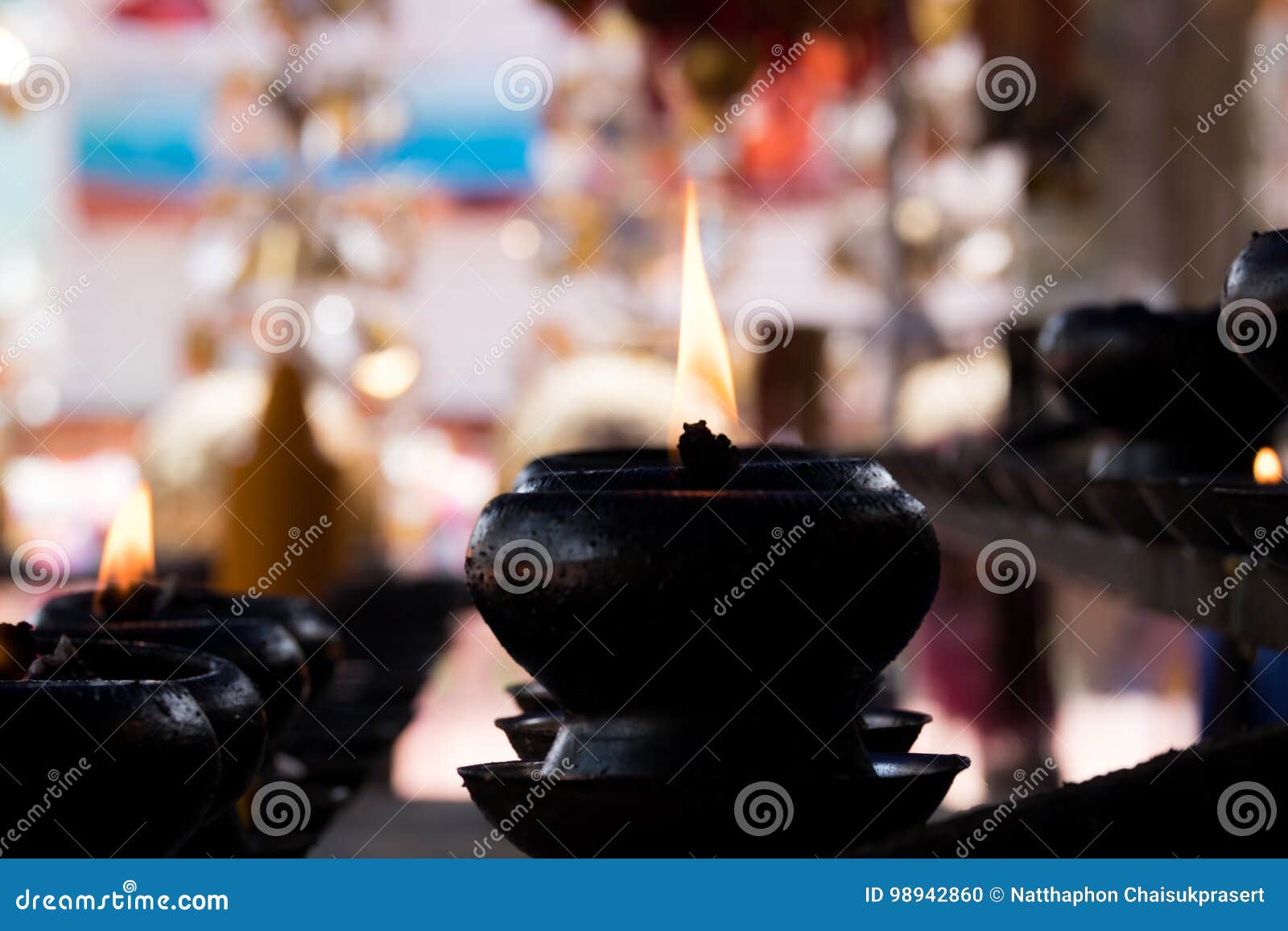
Thousands of years ago, these were remarkable observations. These fires or the different energies were remnants of the original cosmic fire of creation that continued to pervade every other element of creation. This energy or 'fire' requires 'food' (fuel) but no water in order to be sustained. Spenisht (most brilliant and beneficent): Such as that found in a flame - the temporal fires.This energy or 'fire' requires neither water nor food in order to be sustained. Vazisht (most supporting): Such as that found in clouds (manifest as lightning).This energy or 'fire' requires water but no food in order to be sustained. Urvazisht (most useful): Such as that found in plants.This energy or 'fire' requires both food and water in order to be sustained. Vohu-Frayan (good propagator): Such as that found within the bodies of humans and animals.This energy or 'fire' is the energy of the original creation. Barezi-Savangh (ultimate purpose): Such as that found in the material creation other than life such as the materials of the earth (today called inorganic materials).The five fires or energies mentioned in the Avesta's Yasna 17.11 and described further in Zoroastrian texts such as the Chapter 17 of the Lesser Bundahishn and Chapter 18 of the Greater Bundahishn, are: It is also the agency that produces energy.

In Zoroastrian scriptures and literature, the word 'athra' (later adar and azar) is sometimes used to mean a flame and at other times to mean the energy within an entity. There is even a spiritual fire, the mainyu athra. In Zoroastrian literature a flame is associated with only a few of the many types of fires ( athra / atarsh / atash), some being contained in materials cold to the touch. The word 'fire' invariably invokes the image of a flame. The cosmic laws of the universe, asha, were symbolized by fire. The understanding of the transformative nature of fire as well as how fire could transform nature marked the beginnings of a systematic exploration of the workings of nature. Fire made it possible for the science metallurgy to develop. Fire enabled food to be cooked and for human beings to benefit from a wide range of nutrients. Fire produced light and provided protection. Fire made it possible for people to populate land in the colder regions of the earth. By learning to use fire, people gained a decisive advantage over all other species, and indeed over other human communities that had not taken part in this learning. The ability to make, build and ignite fire was undoubtedly the single most important discovery that enabled the civilization of human beings. This page is intended to be read in conjunction with other pages that discuss the role of fire in Zoroastrianism (see related reading above). Light and fire were also essential elements for sustaining life. In this sense, fire takes on a much broader meaning than a flame, a meaning we discuss below. The temporal fire was also the symbol of the cosmic fire of creation, a fire that continues to pervade every element of creation. From wisdom are derived the principles of justice and order. For instance, carrying a fire into a dark place dispels the darkness giving us the metaphor of the light of wisdom banishing the darkness of ignorance. When using a flame, a source of light, as the focus while contemplating the spiritual aspects of one's life, the symbolisms carried by the fire & the light it produced, conveyed some of the essential principles of the faith. Fire ( athra / atarsh / atash) was a means of producing light. In ancient times, when Zoroastrians built no temples, possessed no religious imagery and had no books on the teachings of the faith, light served as the focus of their religious practices. » Zoroastrian Priesthood (& their role as keepers of the temporal fires)įire, Light & Zoroastrianism Fire as a Symbol of Everything Sacred » Zoroastrian Places of Worship (& Fire Temples)

» Zoroastrian Worship (& the role of fire in worship)


 0 kommentar(er)
0 kommentar(er)
